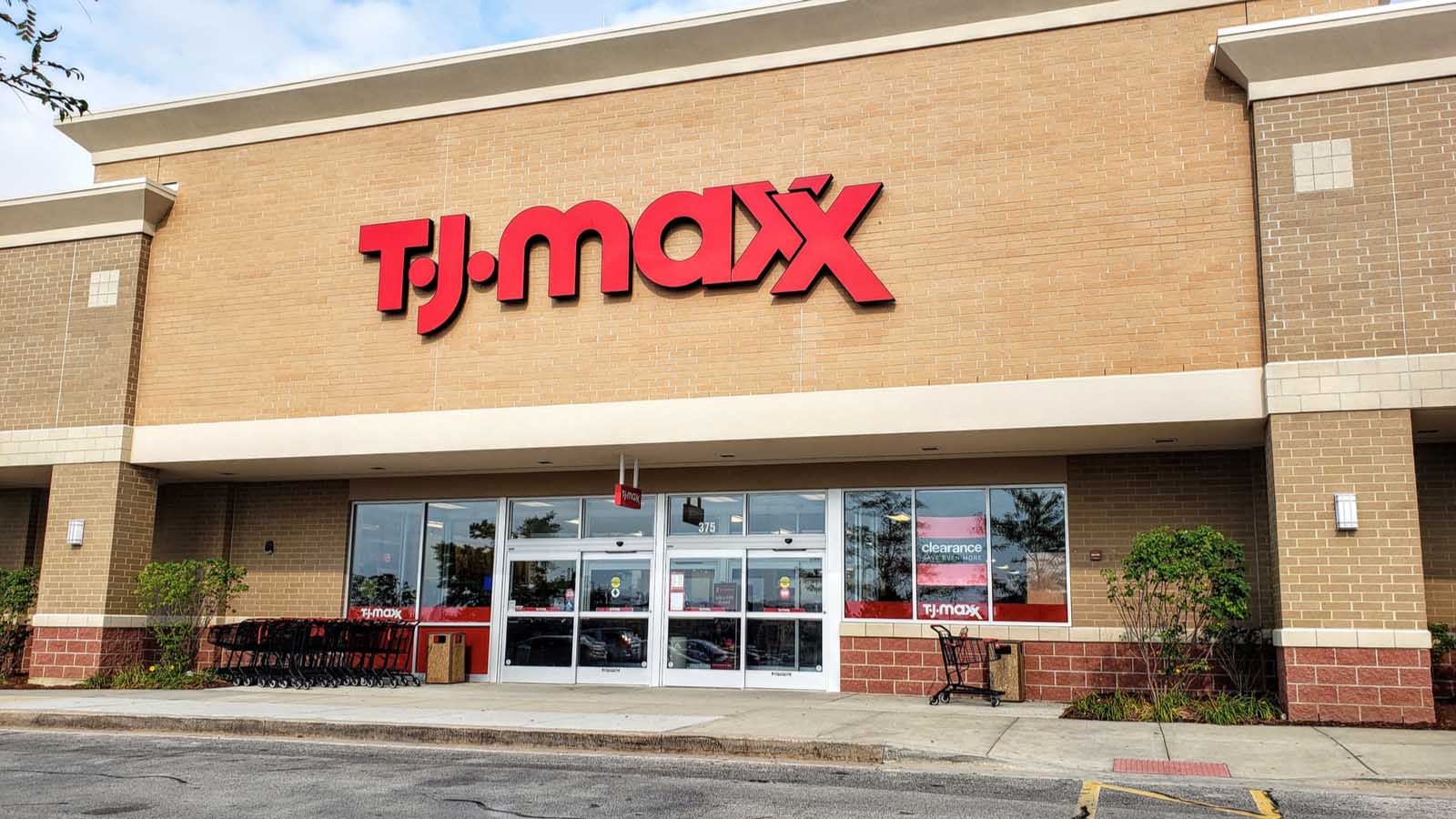TJX (NYSE:TJX), the discount retail store chain, took decisive action on March 19 to save its liquidity. As a result, the company will survive and TJX stock will rebound significantly as the coronavirus from China wanes.

TJX has 4,529 stores throughout the world as of Feb. 1, 2020. They operate under the T.J. Maxx, Marshalls, HomeGoods, Sierra and HomeSense discount brand names. TJX had revenues of $41.7 billion last year and has a $58 billion market value.
So the company’s decision to shut down completely for two weeks, including its online divisions, was no small deal.
In addition, management said it would pay everyone’s paycheck. No furloughs, no layoffs, no hemming and hawing. That is impressive.
Measures to Preserve Liquidity Will Probably Save TJX
To do this with virtually no revenue rolling in is also a major feat. The company said it would “evaluate” its dividend, cut out all buybacks, review operating expenses and reduce its capital expenditures.
In addition, TJX was drawing down $1 billion in a line of credit. As of February 1, 2020, TJX had $3.2 billion in cash on hand. This will give the company over $4 billion in cash.
The measures TJX announced will likely save it several billion dollars.
For example, the upcoming dividend that was supposed to be declared in late March was announced as 26 cents per share. But the company had not set a record date. This measure alone will save the company about $313 million per quarter.
The elimination of buybacks, which cost $1.5 billion last year, will save another $375 million per quarter. Cutting capex by 50% will save roughly $497 million annually or $124 million per quarter.
In total, these measures amount to $812 million per quarter or $1.6 billion over a half year. Except, there is one caveat.
Dividend Cuts Aren’t Permanent
Almost immediately, TJX came out with a second press release. This release, a “clarification” three hours after the first, poured cold water on any notion that the dividend cut was permanent. Here is what CEO Ernie Herman said:
“Additionally, while we are evaluating our dividend in the near term, I want to emphasize that we remain committed to paying our dividends whenever the environment normalizes for the long term, as we have been for decades.”
I suspect this means the dividend will be eliminated for just one quarter. This is especially true since the company had just raised the quarterly dividend to 26 cents from 23 cents per share.
Dividends Help Stabilize TJX Stock
Why won’t the cuts last longer? The dividend helps to stabilize the stock. For example, assuming the dividend is restored at the $1.04 dividend rate, and given the TJX stock price of $48, the company’s dividend yield will be 2.2%.
Not only is this close to the market’s dividend yield of 2.25%, but it is significantly higher than in the company’s history. For example, over the past four years, the average dividend yield for TJX stock has been 1.5%.
Investors in dividend-paying stocks tend to believe in the concept of reversion to the mean. That implies that over a statistically significant period, say 20 to 30 months, the stock will revert to its historical average.
Bottom Line: Implied Valuation on TJX Stock
In other words, the dividend yield will move toward 1.5%. For example, let’s say that over the next several months, the stock moves 50% of the way toward 1.5% from 2.2%.
That would put the dividend yield at about 1.85%. So, that yield would imply a share price of $56.
That is approximately $8 above today’s price, or 17% higher. So, you can see why the CEO was so intent on clarifying the statement about “evaluating” the dividend. Investors can probably live with a one-quarter cut.
But in order for TJX stock to rise to its average dividend yield, the dividend cut can’t last too long. Otherwise, the stock will fall again, since it would not be as valuable a return-on-investment vehicle for shareholders.
Bottom line, look for TJX to restore the dividend fairly quickly. Based on this, the stock will likely rebound further.
As of this writing, Mark Hake, CFA does not hold a position in any of the aforementioned securities. Mark Hake runs the Total Yield Value Guide which you can review here.
